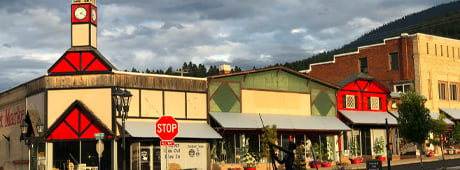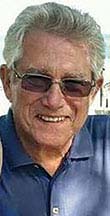No products in the cart.
Kellogg—Spotlight

A Mining Town Remade
By Mike Blackbird
The story of my hometown, Kellogg, is one of redemption. When I stand today at the condominiums in town where the longest gondola in the Western Hemisphere begins its 3.5-mile journey to the ski and summer resort on Silver Mountain, it’s a far cry from the Kellogg I left after high school to join the Navy in 1960.
Kellogg’s story begins with the locally famous legend that in 1885 an old prospector, Noah Kellogg, awoke one morning at his camp along Milo Creek in the Silver Valley to find that his jackass had slipped its hobble during the night. Noah spent all morning trying to catch the animal and in frustration, he finally threw a rock that hit the jackass on the flank. Startled, it kicked out at a rocky outcrop, which exposed a vein of lead and silver that would prove to be seventy feet wide and a half-mile long.
Legend or not, Noah Kellogg did discover the Bunker Hill Mine, which became the largest lead and silver mine in the world and the leading employer in Idaho, with twenty-seven hundred workers. But this success came at a high environmental cost. When the Bunker Hill lead smelter opened in 1918 and began to spew sulfur dioxide-laden smoke into the atmosphere, there was little concern about the effect on the landscape compared to the promise of job security.
Over the decades, the river changed color from the pollution of heavy-metal mine tailings, while the mountains encircling Kellogg were stripped of trees to fuel the boilers of the mill. More than a billion board feet of timber were used to shore up the tunnels and shafts of the Silver Valley mines. Local lore held that in the Coeur d’Alene Mountains, there was more timber underground than above-ground.
This content is available for purchase. Please select from available options.
Purchase Only
Purchase Only

